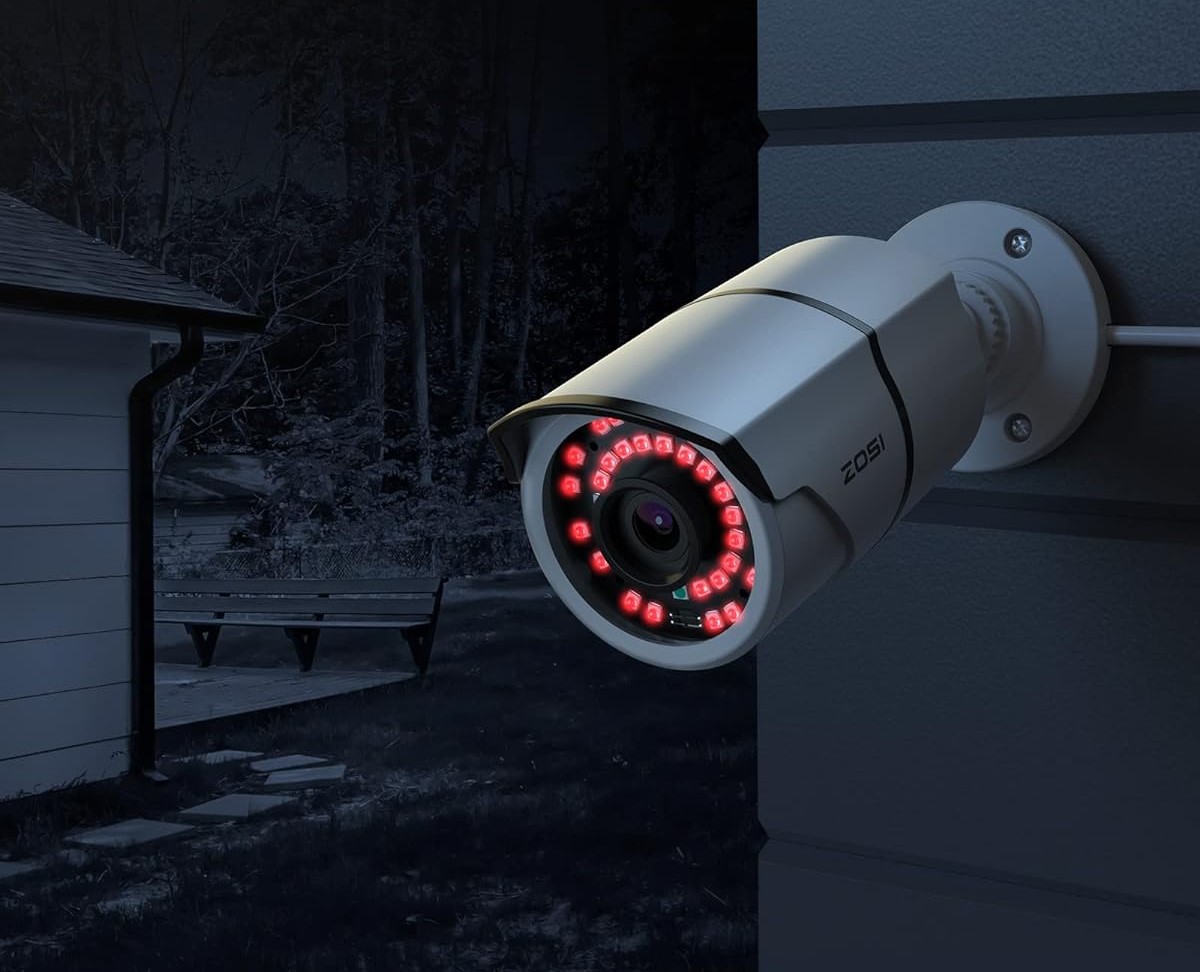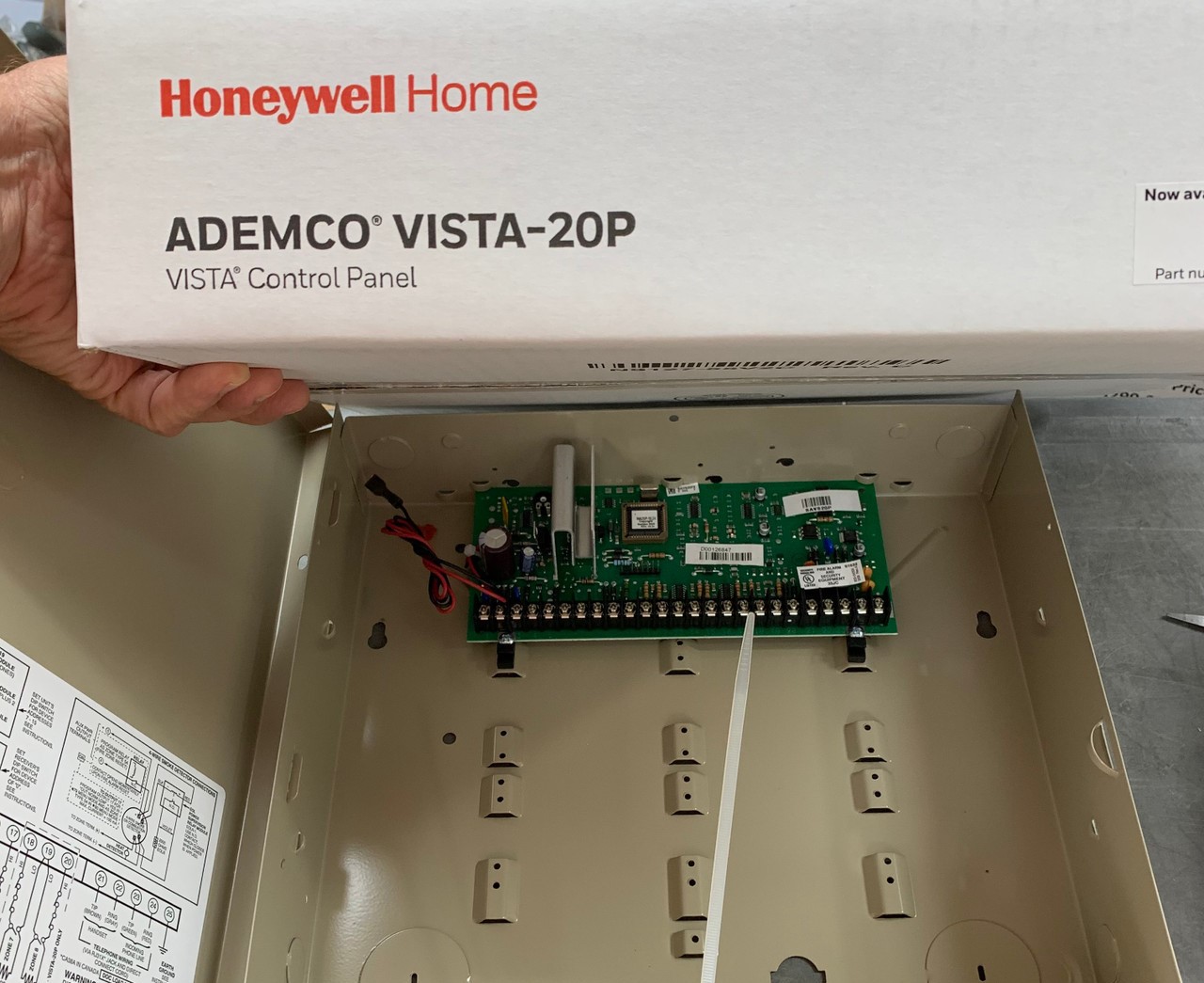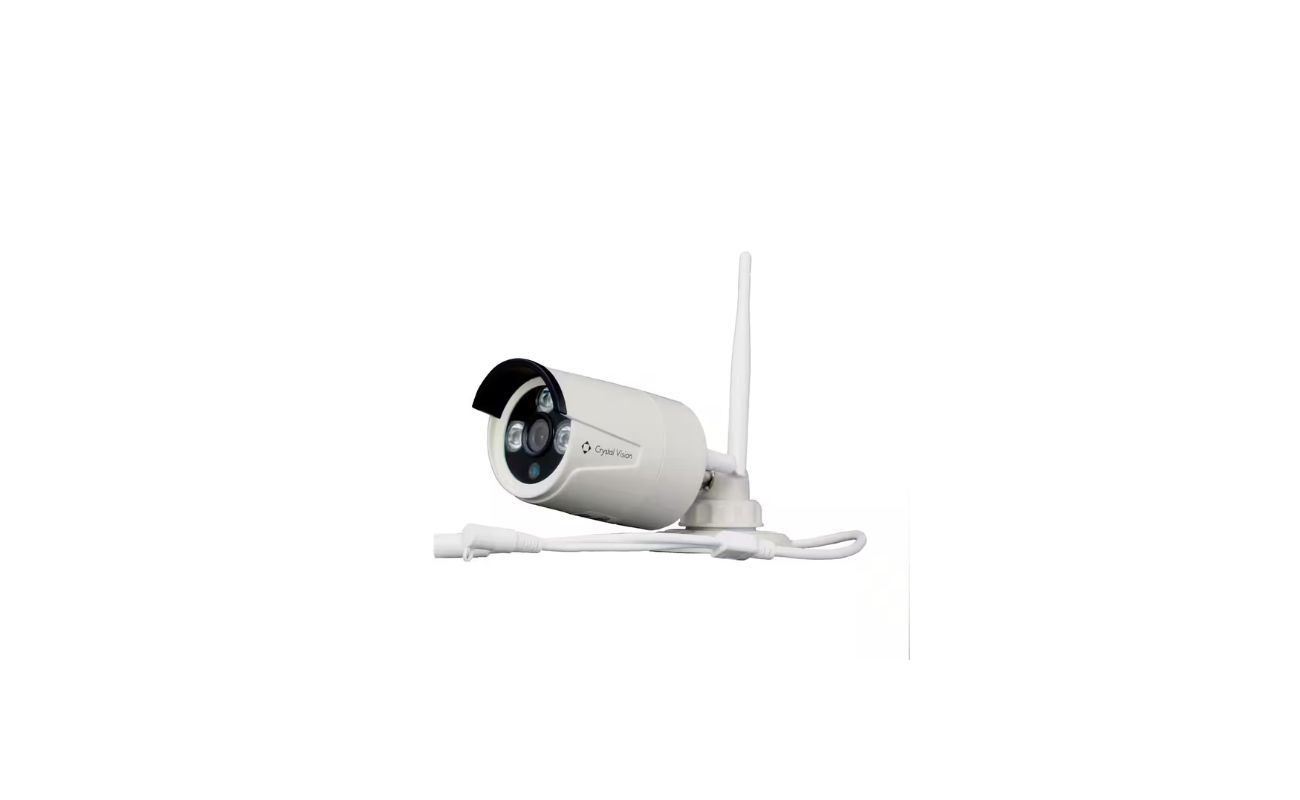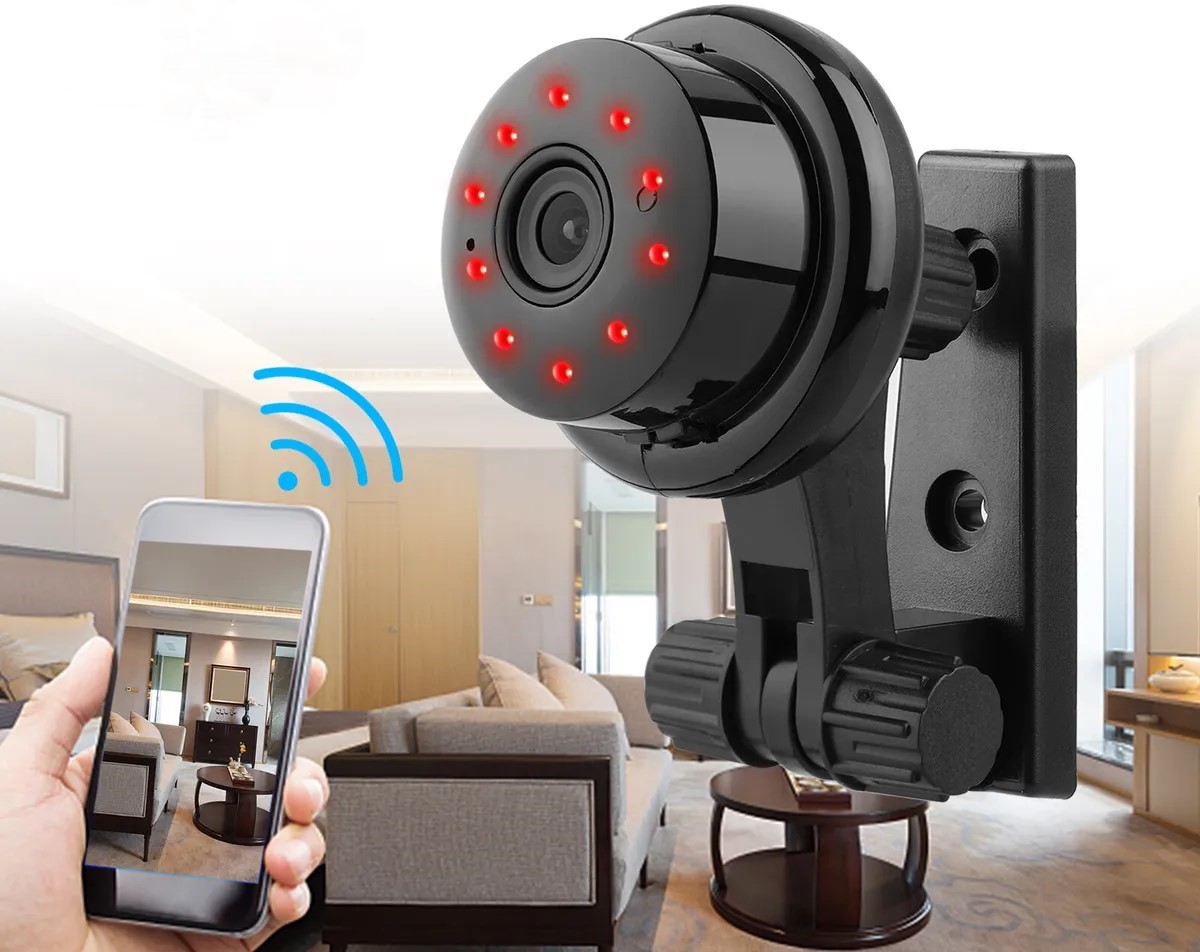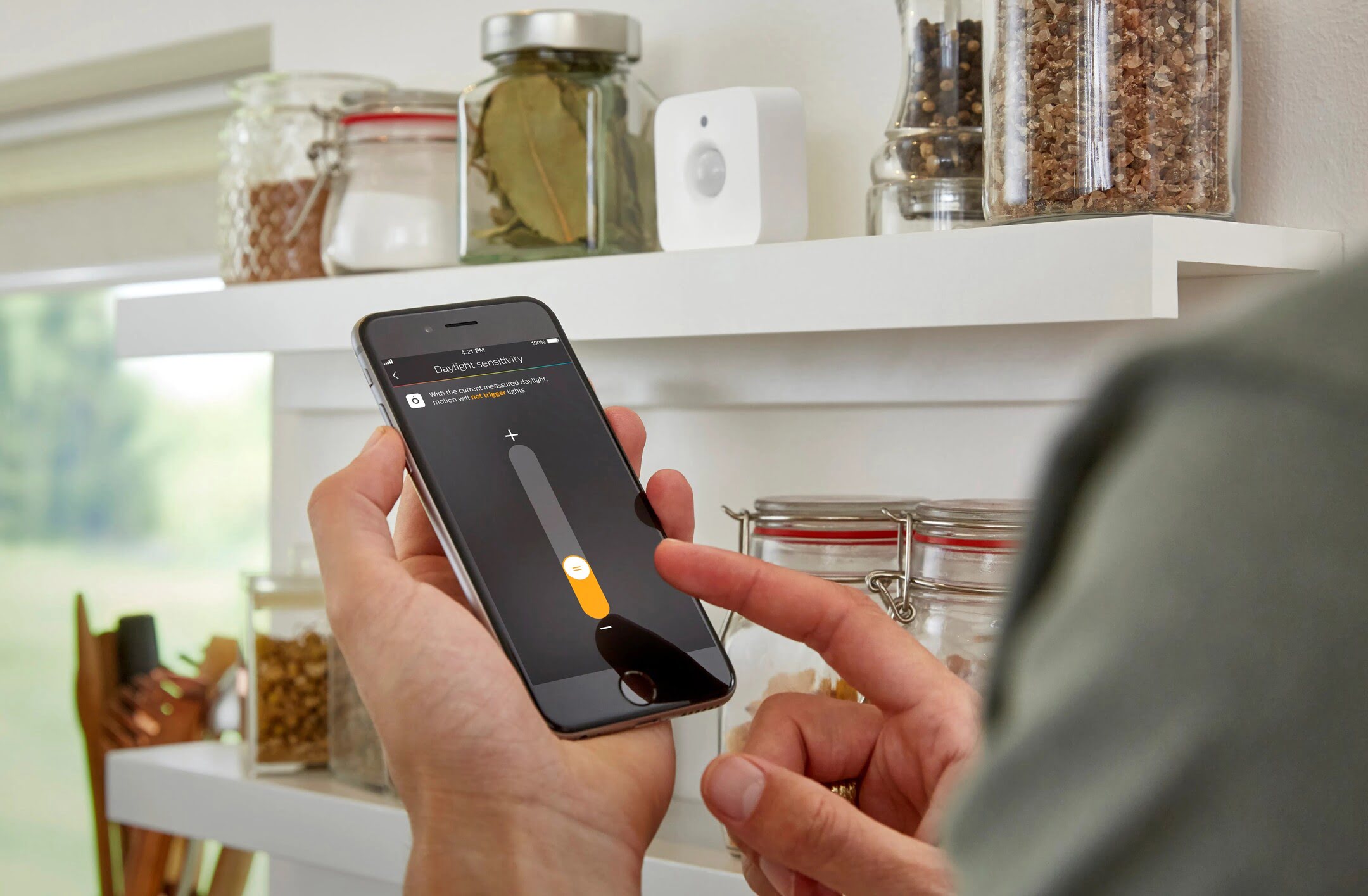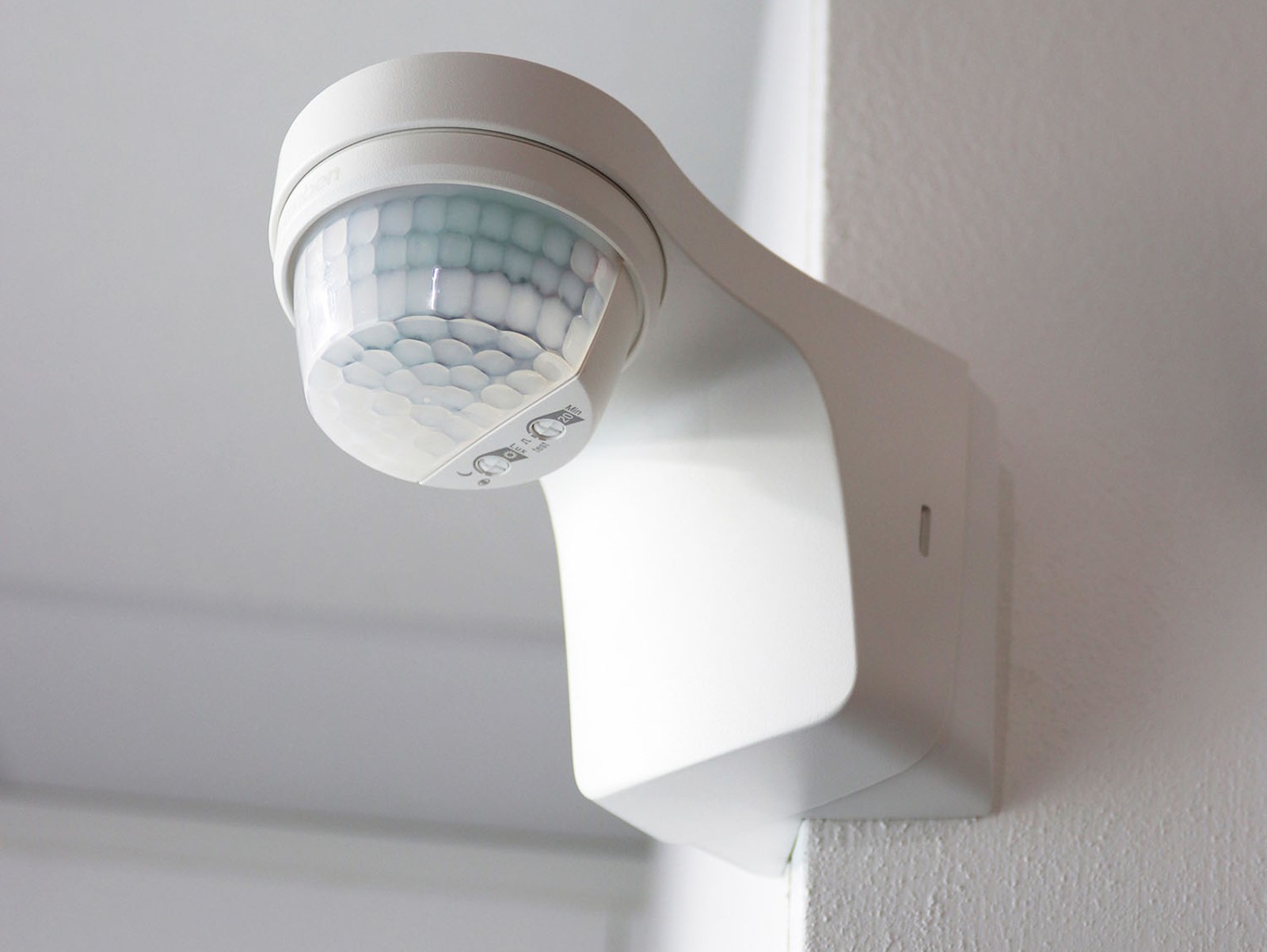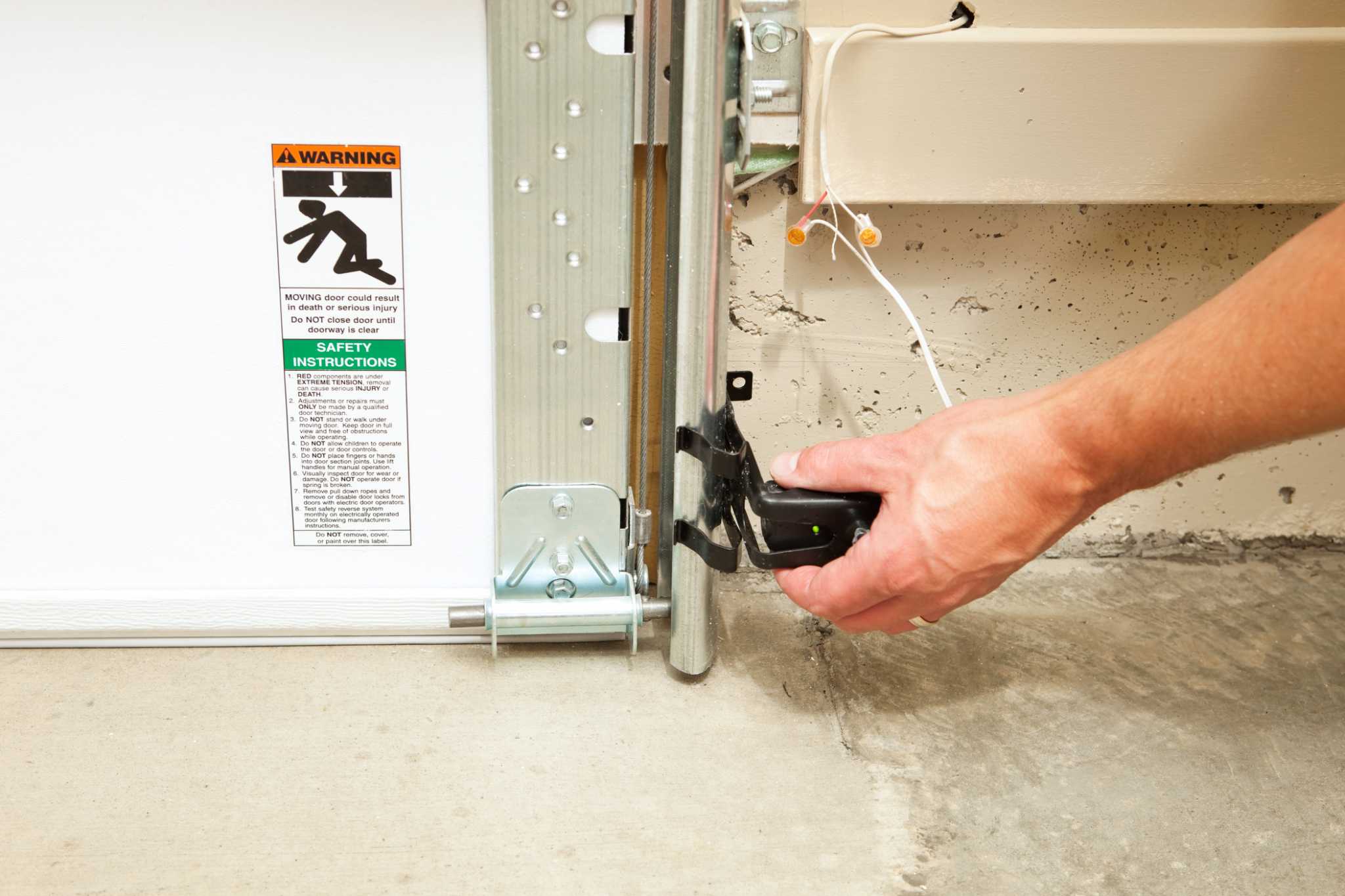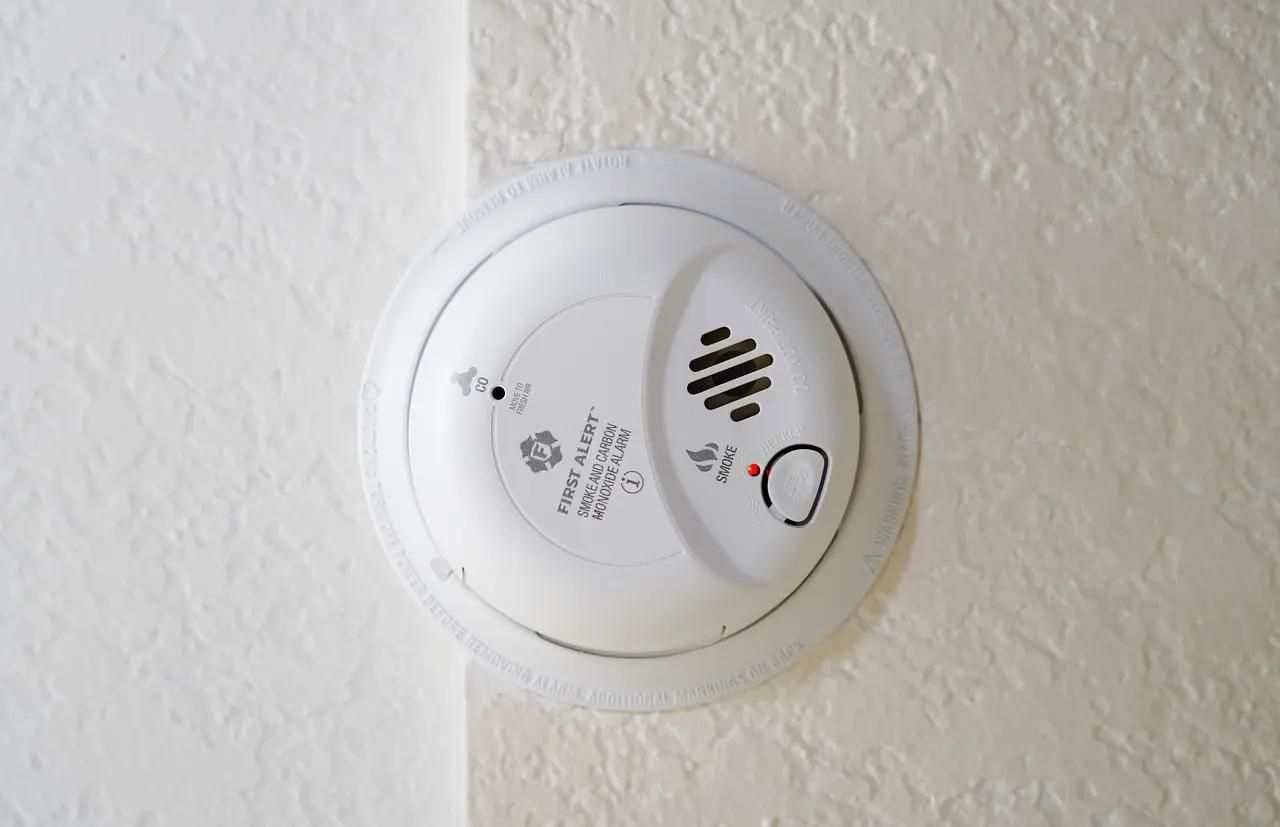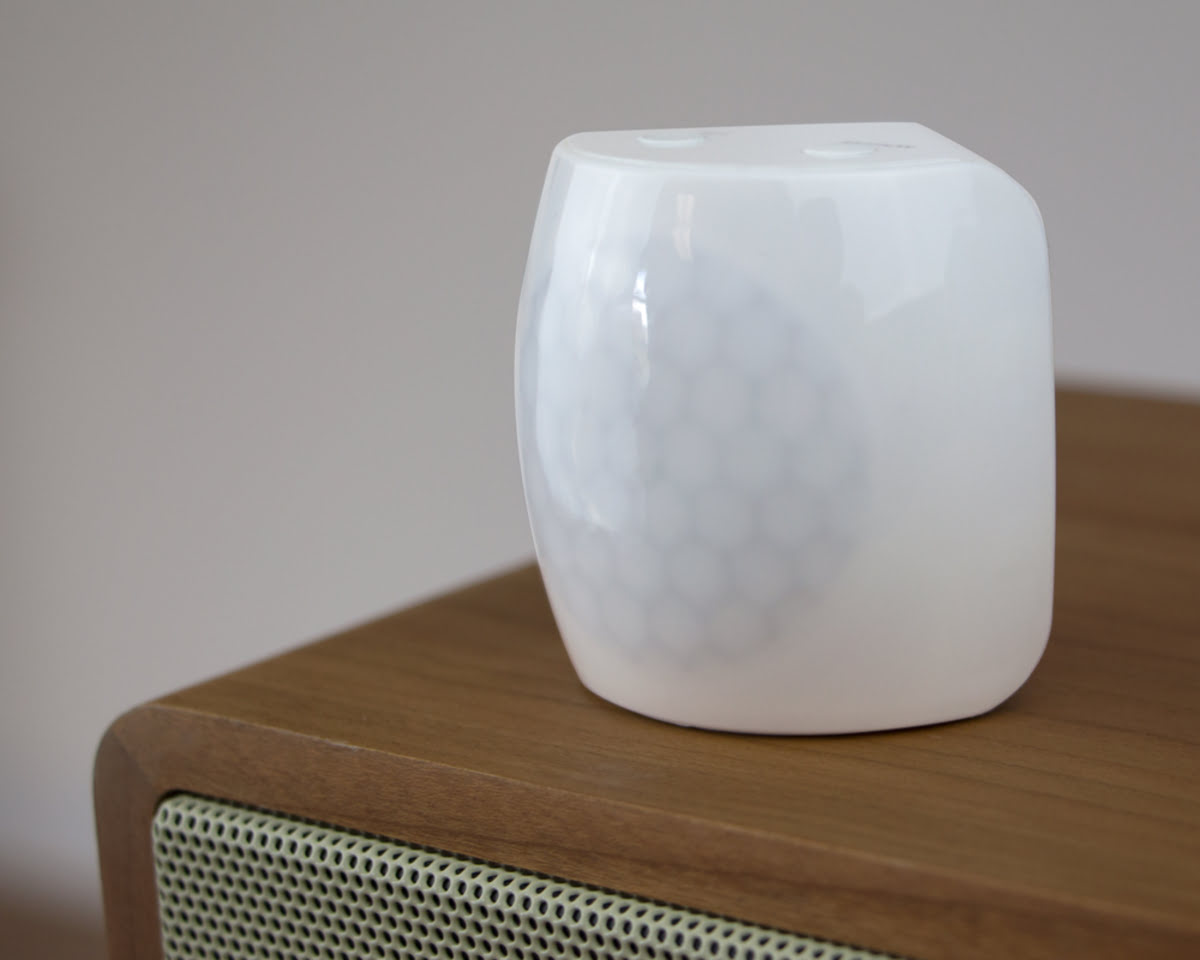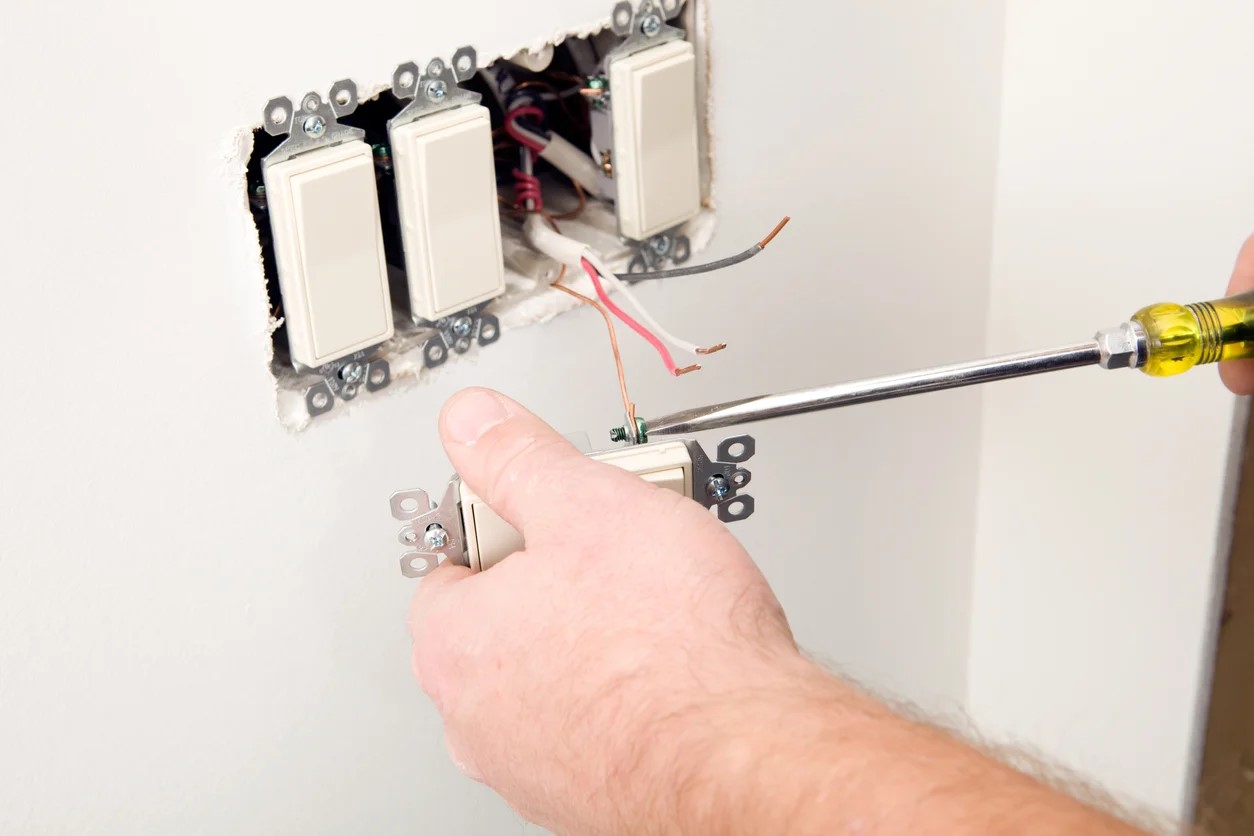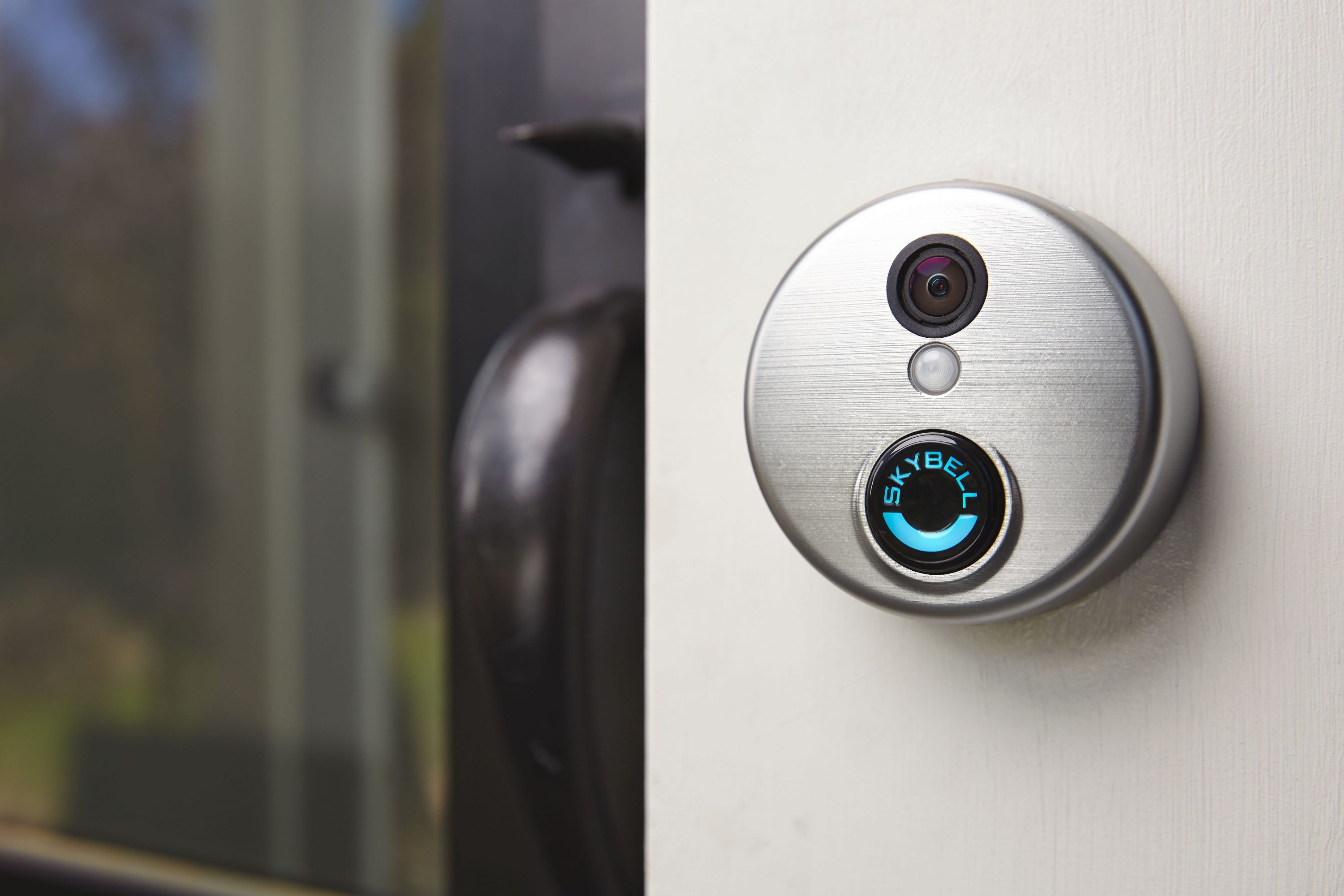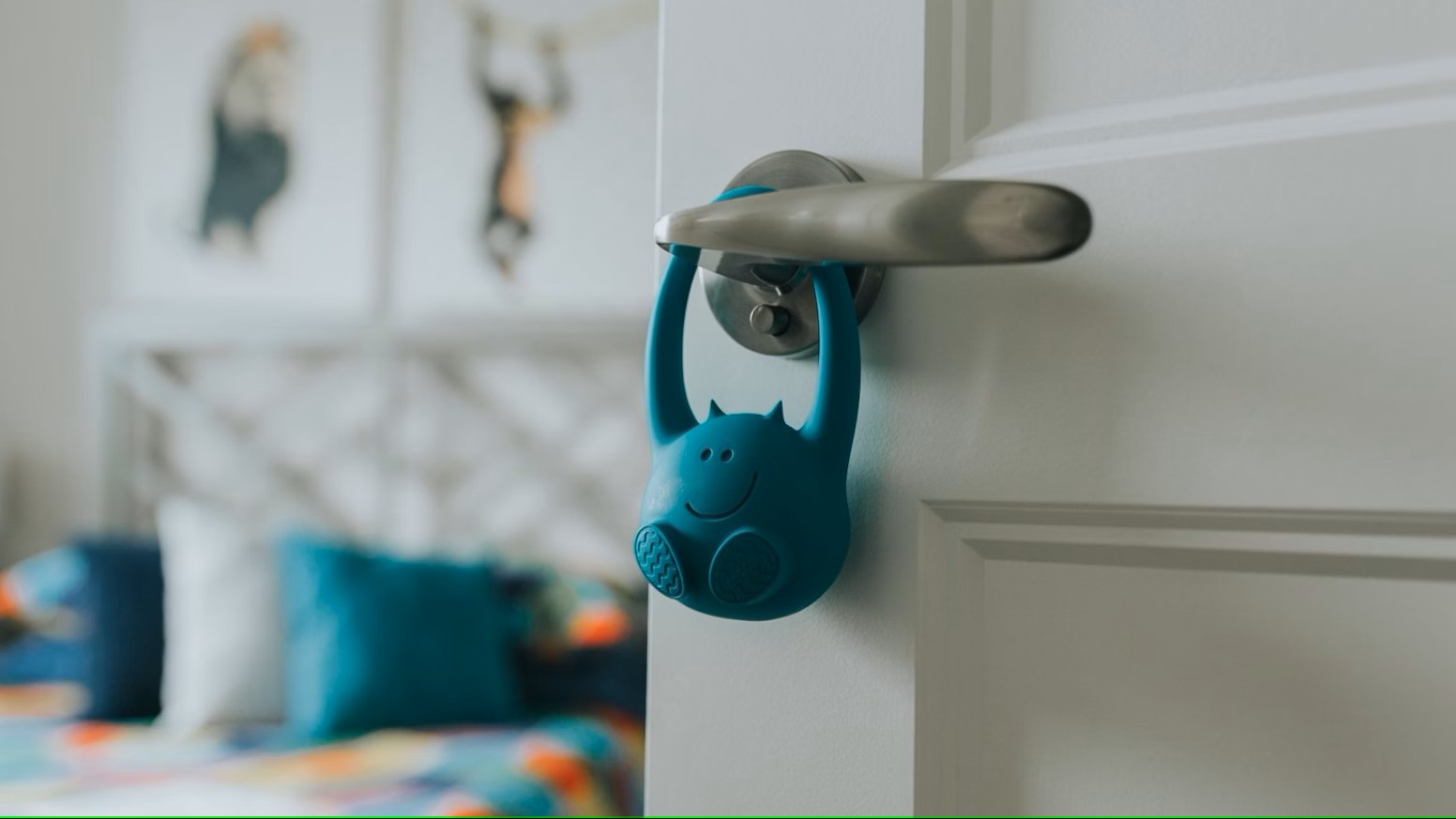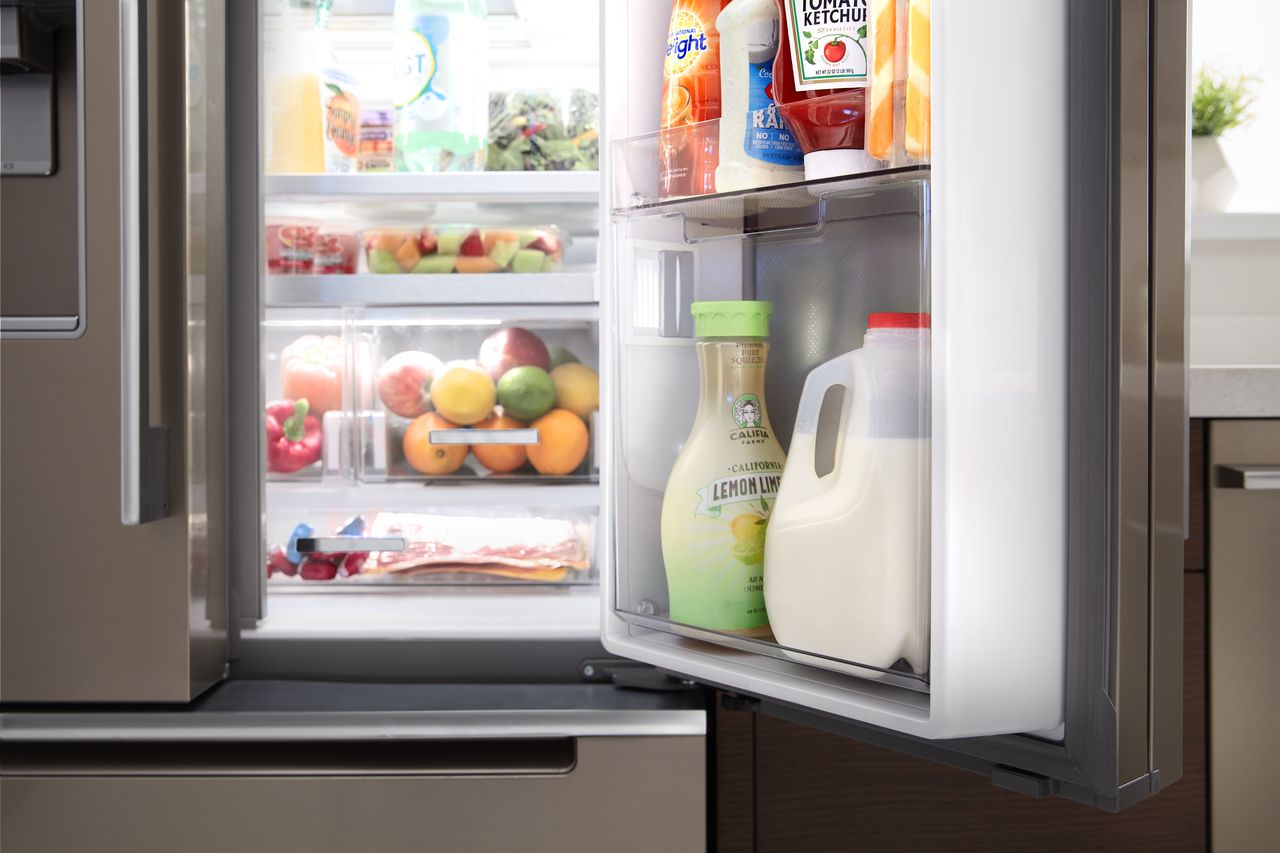Home>Home Security and Surveillance>How To Setup A House Motion Detector To Alert Phone When The Door Is Open


Home Security and Surveillance
How To Setup A House Motion Detector To Alert Phone When The Door Is Open
Modified: March 6, 2024
Learn how to set up a motion detector in your house to receive instant alerts on your phone whenever the door is opened. Enhance your home security and surveillance with this essential guide.
(Many of the links in this article redirect to a specific reviewed product. Your purchase of these products through affiliate links helps to generate commission for Storables.com, at no extra cost. Learn more)
Introduction
When it comes to home security and surveillance, one of the most important components is a motion detector that can alert you when a door is opened. This simple yet effective device can provide you with peace of mind, knowing that you will be notified whenever someone enters or exits your home.
In this article, we will guide you through the process of setting up a motion detector that will send alerts to your phone whenever the door is opened. Whether you are a homeowner looking to enhance the security of your property or a renter seeking to add an extra layer of protection, this step-by-step guide will help you achieve your goal.
By following these instructions and utilizing the right materials, you can have a reliable and convenient alert system that will notify you of any unauthorized entry into your home. Let’s dive in and get started with the process!
Key Takeaways:
- Setting up a motion detector to alert your phone when the door is opened is a simple and effective way to enhance home security. By following the steps in this guide, you can create a reliable alert system for peace of mind.
- Choosing the right location, installing the motion detector, and configuring the app are key steps in creating a successful alert system. Regular testing ensures the system works effectively, providing timely alerts for added security.
Step 1: Gather the Necessary Materials
Before you begin installing the motion detector, it’s important to gather all the necessary materials. This will ensure a smooth and efficient setup process. Here’s a list of what you’ll need:
- A motion detector: Choose a reliable and reputable brand that suits your needs. Look for features such as adjustable sensitivity, range, and compatibility with smartphone apps.
- Power source: Determine how you will power your motion detector. It can be battery-operated or require a direct power connection. Make sure you have the necessary batteries or power adapters.
- A smartphone: You’ll need a smartphone with internet connectivity to receive alerts from the motion detector.
- Mounting hardware: Depending on the type of motion detector you have, you may need screws, wall anchors, or adhesive tape to securely mount it on the wall or door.
- A screwdriver or drill: If you are mounting the motion detector on a wall or door, you’ll need the appropriate tools to attach it securely.
- A compatible motion detection app: Research and download a reliable motion detection app that is compatible with your smartphone operating system. Popular options include Ring, Nest, and Arlo.
Make sure you have all these materials ready before you proceed with the installation process. Having everything on hand will save you time and ensure a smoother setup.
Step 2: Choose the Ideal Location for Mounting the Motion Detector
Choosing the right location for mounting your motion detector is crucial to ensure optimal performance. Here are some factors to consider when selecting the ideal spot:
- Height and angle: Mount the motion detector at a height between 6 to 8 feet above the floor. This height ensures that it covers the entire area and minimizes false alarms caused by pets or other small objects.
- Avoid obstructions: Make sure the motion detector has a clear line of sight to the area you want to monitor. Avoid placing it behind furniture, plants, or any other object that may obstruct its view.
- Entrance points: Focus on mounting the motion detector near the main entrances, such as the front door, back door, or garage door. These areas are common points of entry and require extra security.
- Accessibility: Consider the accessibility of the motion detector for maintenance and adjustment purposes. Ensure that you can easily access it to change batteries, adjust settings, and perform any necessary troubleshooting.
Take your time to assess your home’s layout and identify the most strategic locations for mounting the motion detector. This will help ensure that you achieve the best coverage and detection capabilities.
Step 3: Install the Motion Detector on the Wall or Door
Now that you have chosen the ideal location for mounting the motion detector, it’s time to install it. Follow these steps to securely attach the motion detector to either the wall or the door:
- Prepare the mounting surface: Clean the surface where you will be attaching the motion detector. Remove any dust, debris, or adhesive residues to ensure a strong bond.
- Mark the mounting holes: Place the motion detector against the wall or door at the desired location. Use a pencil or marker to mark the spots for the mounting holes.
- Drill pilot holes (if required): If you are mounting the motion detector on a hard surface such as wood or metal, you may need to drill pilot holes at the marked spots. Use an appropriate drill bit size for the screws or anchors you will be using.
- Attach the mounting bracket: If your motion detector comes with a separate mounting bracket, secure it to the wall or door using screws or adhesive. Follow the manufacturer’s instructions for proper installation.
- Mount the motion detector: Align the screw holes on the motion detector with the mounting bracket or pilot holes. Use screws or other provided hardware to attach the motion detector securely to the surface. Make sure it is level and snugly fit.
Once you have installed the motion detector, give it a gentle tug to ensure it is firmly attached. You want to make sure it stays in place and doesn’t loosen over time. Congratulations, you have successfully installed the motion detector!
Step 4: Connect the Motion Detector to a Power Source
Now that you have installed the motion detector, it’s time to connect it to a power source. Depending on the type of motion detector you have, you may need to follow different methods:
Battery-operated:
If your motion detector is battery-operated, follow these steps:
- Open the battery compartment: Locate the battery compartment on the motion detector. It is typically located on the back or bottom of the device.
- Insert the batteries: Insert the required number and type of batteries into the compartment, following the polarity markings. Make sure to use fresh, fully charged batteries.
- Close the battery compartment: Securely close the battery compartment to ensure a snug fit.
Your motion detector should now be powered by the batteries. Remember to periodically check and replace the batteries to ensure the device continues to function effectively.
Direct power connection:
If your motion detector requires a direct power connection, follow these steps:
- Locate the power input: Find the power input port on the motion detector. It is typically located on the back or bottom of the device.
- Connect the power adapter: Plug the power adapter into an electrical outlet. Connect the other end of the adapter to the power input port on the motion detector.
- Verify power connection: Check that the motion detector’s power indicator light is on, indicating it is receiving power.
By ensuring a proper power connection, your motion detector will be powered and ready to detect any motion in its vicinity.
Step 5: Set up the Motion Detection App on Your Phone
To receive alerts from your motion detector on your phone, you’ll need to set up a compatible motion detection app. Here’s how to do it:
- Research and download the app: Search for motion detection apps in the app store for your smartphone’s operating system (iOS or Android). Popular options include Ring, Nest, and Arlo. Read reviews, compare features, and choose the app that best suits your needs.
- Install the app: Once you’ve selected the app, download and install it on your smartphone.
- Create an account: Launch the app and follow the on-screen instructions to create an account. You may need to provide your email address, create a password, and agree to the app’s terms and conditions.
- Sign in to your account: After creating an account, sign in using your credentials.
- Pair the motion detector with the app: Follow the app’s instructions to pair your motion detector with the app. This may involve scanning a QR code or entering a unique device identifier.
- Configure motion detection settings: Once the motion detector is paired, you can customize your motion detection settings through the app. Adjust sensitivity levels, set detection zones, and enable any additional features offered by the app.
Setting up the motion detection app on your phone allows you to receive real-time alerts whenever the motion detector senses movement. It also gives you access to additional features such as live video feeds, saving footage, and adjusting settings remotely.
Take your time to explore the app’s features and familiarize yourself with its interface. This will ensure you make the most out of your motion detection system.
Make sure to choose a motion detector that is compatible with your phone and follow the manufacturer’s instructions for setup. Place the detector near the door and connect it to your phone using the designated app. Test the system to ensure it alerts you when the door is opened.
Step 6: Configure the App to Receive Alerts
After setting up the motion detection app on your phone, it’s time to configure it to receive alerts from the motion detector. Follow these steps to ensure you receive timely notifications:
- Open the motion detection app: Launch the app on your phone and sign in to your account.
- Access settings: Locate the settings menu within the app. This is usually represented by a gear or three-dot icon.
- Enable notifications: Navigate to the notification settings within the app’s settings menu. Toggle the notification option to “On” or enable any specific motion detection alert preferences.
- Customize notification settings: Depending on the app, you may have the option to customize notification sounds, vibration patterns, or LED light indications. Adjust these settings according to your preferences.
- Set up scheduling (optional): Some apps allow you to set schedules for when you want to receive motion detection alerts. If desired, configure these scheduling options within the app.
- Test the alert system: To ensure that your app is properly configured, perform a test by triggering the motion detector. Walk in front of the motion detector or open the door to simulate motion. Check if you receive an alert on your phone.
Configuring the app to receive alerts ensures that you will be promptly notified whenever the motion detector detects movement. By customizing the notification settings, you can personalize your alert experience and fine-tune it to your preferences.
Remember to regularly check the app’s settings to make any necessary adjustments, such as updating notification preferences or adjusting detection sensitivity, to ensure optimal performance.
Read more: How To Open A Motion Detector
Step 7: Test the Motion Detector and Alert System
Now that you have completed the setup process, it’s important to test the motion detector and alert system to ensure everything is functioning correctly. Follow these steps to perform a test:
- Arm the motion detector: Activate the motion detection mode on your app or motion detector. This will ensure that it is ready to detect any motion.
- Walk in front of the motion detector: Move within the detection range of the motion detector to trigger a motion event. This can involve walking in front of it or opening the monitored door.
- Check for alerts on your phone: After triggering the motion detector, check your phone to see if you receive an alert notification. The notification should indicate the event and provide details such as the time and location.
- Review the footage (if applicable): If your motion detection app offers video recording, access the recorded footage to review the event. Ensure that the video captures the motion accurately and provides clear imagery.
- Adjust settings if necessary: If the motion detector is not properly detecting motion or the alerts are not coming through, review the settings and adjust them if needed. You may need to adjust the motion detection sensitivity or the detection zone.
It is crucial to test the motion detector and alert system to ensure they are working as intended. Regular testing helps identify any issues or false positives/negatives so that you can make appropriate adjustments and maintain the security of your home.
By following these steps and conducting periodic tests, you can have confidence in the reliability and effectiveness of your motion detector and alert system.
Conclusion
Setting up a motion detector to alert your phone when the door is opened is a valuable addition to your home security and surveillance system. With the right materials, an ideal location, and careful installation, you can achieve a reliable and convenient alert system that provides peace of mind.
By following the step-by-step guide outlined in this article, you can successfully set up a motion detector and connect it to a power source. Additionally, configuring the motion detection app on your phone and testing the system ensures that you receive timely alerts whenever motion is detected.
Remember to choose the ideal location for mounting the motion detector, considering factors such as height, angle, and accessibility. Take into account the main entrance points to maximize security coverage.
Furthermore, selecting a reliable motion detection app that suits your needs and customizing its settings enhances the usability and effectiveness of your alert system.
Regularly testing the motion detector and alert system helps identify any issues or false alarms, allowing you to make necessary adjustments and maintain optimal functionality.
By implementing these steps, you can enhance the security of your home and have the peace of mind knowing that you will be alerted whenever someone enters or exits through the monitored door.
Investing in a motion detector and alert system is a proactive measure to protect your home and loved ones. Take the time to properly set up and maintain the system to ensure it continues to provide reliable protection for years to come.
Frequently Asked Questions about How To Setup A House Motion Detector To Alert Phone When The Door Is Open
Was this page helpful?
At Storables.com, we guarantee accurate and reliable information. Our content, validated by Expert Board Contributors, is crafted following stringent Editorial Policies. We're committed to providing you with well-researched, expert-backed insights for all your informational needs.
